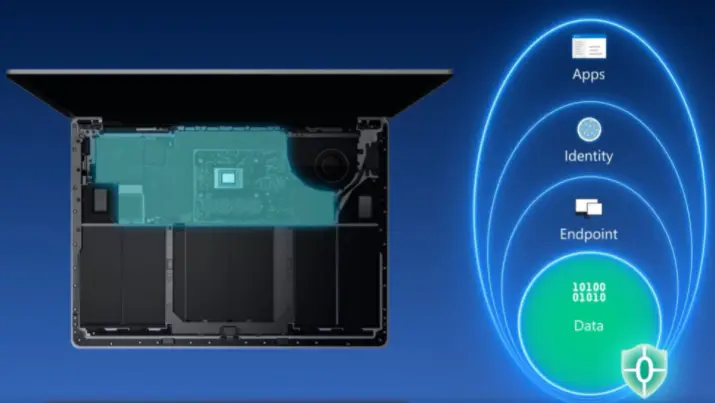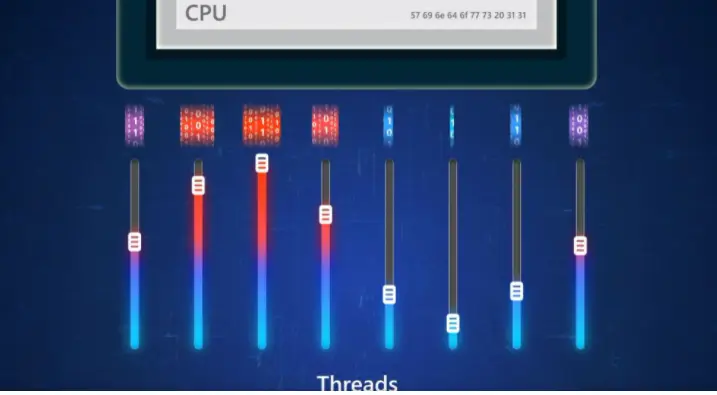
A month before the official release of the new operating system, Microsoft is sharing details about optimizations and performance improvements in Windows 11.
The new user interface and faster animations are just some of the great features in Windows 11. Steve Dispensa, vice president of Microsoft Enterprise Management, says the changes in Windows 11 save an average of 32% RAM and 37% CPU time.
Much attention was paid to the hibernation and wake-up times of the operating system. Starting with the 8th Gen Intel Core series, Microsoft is expecting near-instant wake-ups, just like with ARM-based devices.

Windows 11 will be re-prioritizing applications and improving memory management. Heavy background load should no longer slow down applications running in the foreground. The system will prioritize these applications by allocating memory resources and processor power.
This technology even extends to the Edge web browser, where the active tab has a higher priority, and the rest of the tabs that have not been accessed for some time are put into “sleep mode” (i.e., the memory used is completely unloaded and the tabs consume lowest system resources).
At the kernel level, Microsoft has redesigned the resource allocation mechanisms for key processing threads. This ensures sufficient processing power for the most demanding threads. While not explicitly stated, Windows 11 will be the most optimized for multi-core processors, including Alder Lake hybrid architectures or others.

Microsoft has also worked to reduce the total disk space of the operating system. Most built-in applications are stubs that are either downloaded from the Internet on first launch or remain compressed. If it has not been accessed at least once, the embedded application never does background activity and does not send requests to download updates.
Microsoft assures that all software compatible with Windows 10 should work seamlessly on Windows 11. The company has created a service called App Assist to address compatibility issues by working with app developers.
Instead of two major patches in the spring and fall, the company will only release one feature update per year, usually in the second half. Windows Update will be redesigned to reduce network resource consumption by up to 40%.




